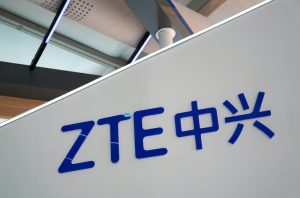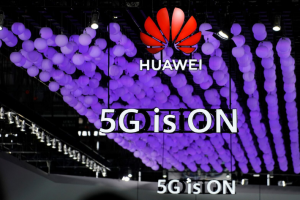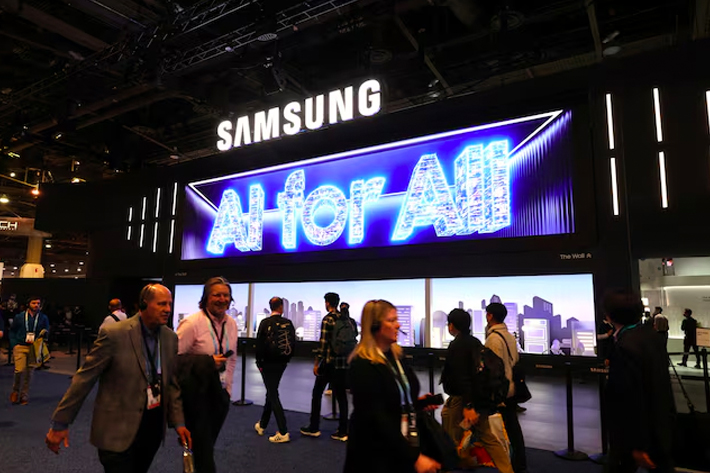(ATF) Given the extensive economic damage created by the Covid-19 pandemic, it may seem strange that global stock markets are near record highs. This is largely explained by a stunning recovery in the shares of leading technology companies, especially those in the US and China.
Three factors are behind the rally in technology shares. The first is the collapse in global interest rates. The second is that investors have been desperate to snap up shares in an increasingly rare band of companies capable of delivering capital growth. The third is that these two factors have together encouraged a surfeit of momentum trades as the fear of missing out on the rally causes many investors to ignore fundamental valuation considerations.
The surge in technology shares has inevitably drawn comparisons with the dot.com bubble of the late 1990s. However, most investors appear to believe otherwise. Unlike in 1999, many of the companies leading the advance today, such as Apple, Alphabet, Facebook, and Microsoft, are highly profitable. This is helping deter would-be short-sellers.
A polarised market
In the same way as broader stock indices, the headlines made by the technology sector are masking significant polarisation within it. While some companies that are set to benefit from structural changes attract extremely high valuations, in other instances that is not happening.
This is seen in developed markets, where software and services companies are receiving extremely high valuations and makers of semiconductors and hardware equipment are not. For businesses that are capital light, with recurring revenues and predictable growth, it seems no multiple is high enough. Semiconductor and hardware businesses, by contrast, are viewed as risky and cyclical.
Apple, for example, is a hardware manufacturer with a small services division. Yet its pitch to investors as a services company has sent the shares surging to 32 times forward earnings, up from just 12 two years ago. Cloud data platform Snowflake, which has yet to make a profit, is trading at 89 times revenues.
Such a high valuation may turn out to be justified, but there are better ways to play this trend. After all, hardware is needed to make the software run. Yet the shares of the leading maker of optical components are trading at 13 times next year’s earnings. Chipmakers, meanwhile, are often priced below the replacement cost of their building, land and equipment.
Hunting for China champions
In emerging equity markets, the worsening US-China technology cold war is creating polarisation between the Chinese market and the rest. That is causing Chinese retail investors to bid up the price of what they perceive to be national champions, but what are sometimes mediocre companies.
For example, investors have piled into Semiconductor Manufacturing International Corporation (SMIC), a partially state-owned Chinese semiconductor foundry company that is neither closing the gap on international rivals nor has great operational performance. Virtually all its profits come from government subsidies.
This has caused SMIC shares to virtually double this year as investors bet Beijing will plough money into the company on the back of the US government’s sanctions against Huawei.
Smartphone maker Xiaomi is another example. Its shares trade on a multiple of around 30 times forecast earnings. By comparison, shares of its South Korean rival Samsung Electronics trade on less than 16. Xiaomi has a good brand and its phones are every bit as good as Samsung’s, but the market is valuing it more like a conceptual tech stock. To attach such a speculative multiple to the shares is inexplicable.
Given Taiwanese and South Korean companies should be less vulnerable to a ratcheting up of tensions between the US and China, their comparatively low valuation should be all the more attractive.
Valuations now less important
That said, correctly anticipating companies’ operating environment is perhaps as important as considering valuations. Some Chinese internet companies’ valuations, for example, may look extremely high, but the shift in economic activity from offline to online brought about by the pandemic is likely to be a trend that is here to stay. Look at potential growth areas like groceries, where supermarkets currently only have an online penetration of 2%. In this case, it is worth considering high-multiple stocks to get exposure to a trend that could disrupt the sector significantly.
Valuations are, however, looking stretched in many areas. There are dark clouds ahead, such as much tougher regulations on big tech companies to acquire a disruptive competitor and stifle competition.
Despite all this, crowd mentality has been difficult to repel. This year’s equity market rally has made it hard not to own the likes of Apple, and given it accounts for 5% in some global indices, many investors have been pushed into behaviours that do not reflect their stock-specific conviction.
These are the circumstances where it should really pay to make the right decision and have a disciplined investment approach.






















